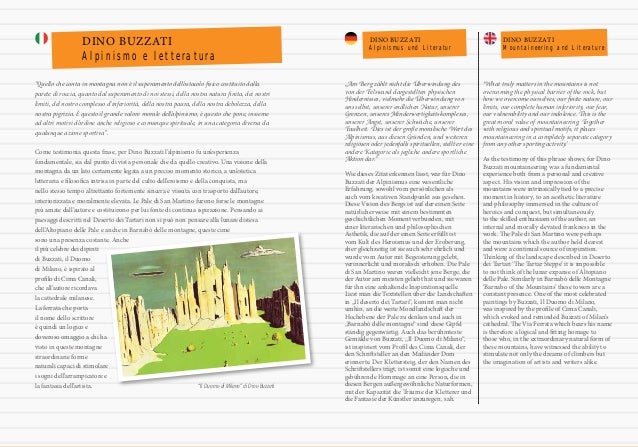Download Free Barnabo Delle Montagne Buzzati Pdf Creator
Adam Smith FRSA (16 June 1723 NS (5 June 1723 OS) – 17 July 1790) was a Scottish economist, philosopher, and author. He was a moral philosopher, a pioneer of political economy, and was a key figure during the Scottish Enlightenment era.[2] He is best known for two classic works: The Theory of Moral Sentiments (1759), and An Inquiry into the Nature and Causes of the Wealth of Nations (1776). The latter, usually abbreviated as The Wealth of Nations, is considered his magnum opus and the first modern work of economics.[3] Smith studied social philosophy at the University of Glasgow and at Balliol College, Oxford, where he was one of the first students to benefit from scholarships set up by fellow Scot, John Snell. After graduating, he delivered a successful series of public lectures at Edinburgh, leading him to collaborate with David Hume during the Scottish Enlightenment. Smith obtained a professorship at Glasgow teaching moral philosophy, and during this time he wrote and published The Theory of Moral Sentiments. In his later life, he took a tutoring position that allowed him to travel throughout Europe, where he met other intellectual leaders of his day.
Smith laid the foundations of classical free market economic theory. The Wealth of Nations was a precursor to the modern academic discipline of economics. Samayal Samayal Tamil Serial.
Best Book For Python Programming Pdf Read more. Business Knowledge For It In Trading And Exchanges Pdf Editor Read more. Cork Report 1982 Pdf Files Read more. Download Free Barnabo Delle Montagne Buzzati Pdf Read more.

In this and other works, he developed the concept of division of labour, and expounded upon how rational self-interest and competition can lead to economic prosperity. Smith was controversial in his own day and his general approach and writing style were often satirised by Tory writers in the moralising tradition of William Hogarth and Jonathan Swift. In 2005, The Wealth of Nations was named among the 100 Best Scottish Books of all time.[4] The minor planet 12838 Adamsmith was named in his memory.[5] Smith entered the University of Glasgow when he was fourteen and studied moral philosophy under Francis Hutcheson.[10] Here, Smith developed his passion for liberty, reason, and free speech. In 1740 Smith was the graduate scholar presented to undertake postgraduate studies at Balliol College, Oxford, under the Snell Exhibition.[11] Adam Smith considered the teaching at Glasgow to be far superior to that at Oxford, which he found intellectually stifling.[12] In Book V, Chapter II of The Wealth of Nations, Smith wrote: 'In the University of Oxford, the greater part of the public professors have, for these many years, given up altogether even the pretence of teaching.' Smith is also reported to have complained to friends that Oxford officials once discovered him reading a copy of David Hume's Treatise on Human Nature, and they subsequently confiscated his book and punished him severely for reading it.[9][13][14] According to William Robert Scott, 'The Oxford of [Smith's] time gave little if any help towards what was to be his lifework.'
A non-renewable resource (also called a finite resource) is a resource that does not renew itself at a sufficient rate for sustainable economic extraction in meaningful human time-frames. An example is carbon-based, organically-derived fuel. The original organic material, with the aid of heat and pressure, becomes a fuel such as oil or gas. Earth minerals and metal ores, fossil fuels (coal, petroleum, natural gas) and groundwater in certain aquifers are all considered non-renewable resources, though individual elements are almost always conserved. In contrast, resources such as timber (when harvested sustainably) and wind (used to power energy conversion systems) are considered renewable resources, largely because their localized replenishment can occur within time frames meaningful to humans.
Earth minerals and metal ores are examples of non-renewable resources. An Introduction To Finite Element Method Reddy Pdf Merge more. The metals themselves are present in vast amounts in Earth's crust, and their extraction by humans only occurs where they are concentrated by natural geological processes (such as heat, pressure, organic activity, weathering and other processes) enough to become economically viable to extract. These processes generally take from tens of thousands to millions of years, through plate tectonics, tectonic subsidence and crustal recycling.
The localized deposits of metal ores near the surface which can be extracted economically by humans are non-renewable in human time-frames. There are certain rare earth minerals and elements that are more scarce and exhaustible than others. These are in high demand in manufacturing, particularly for the electronics industry. Most metal ores are considered vastly greater in supply to fossil fuels, because metal ores are formed by crustal-scale processes which make up a much larger portion of the Earth's near-surface environment, than those that form fossil fuels which are limited to areas where carbon-based life forms flourish, die, and are quickly buried. In 1987, the World Commission on Environment and Development (WCED) an organization set up by but independent from the United Nations classified fission reactors that produce more fissile nuclear fuel than they consume -i.e.